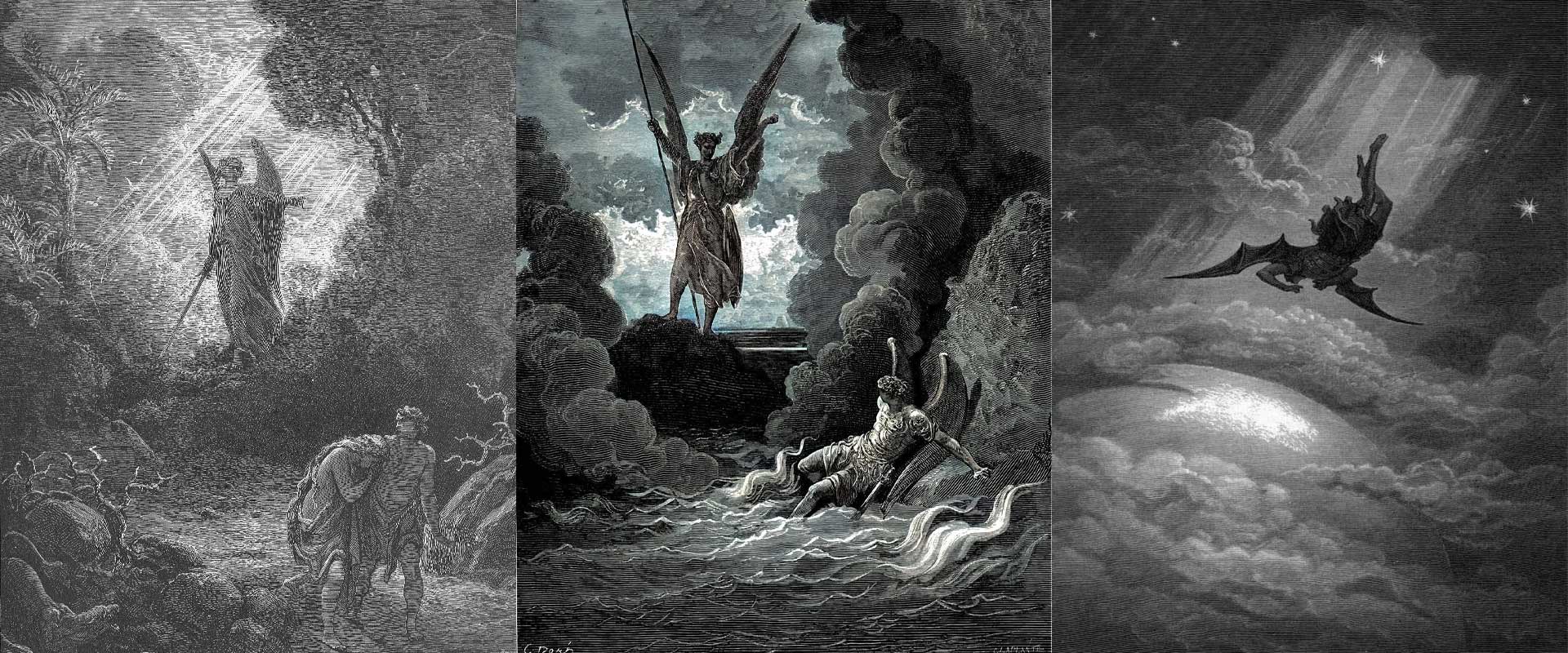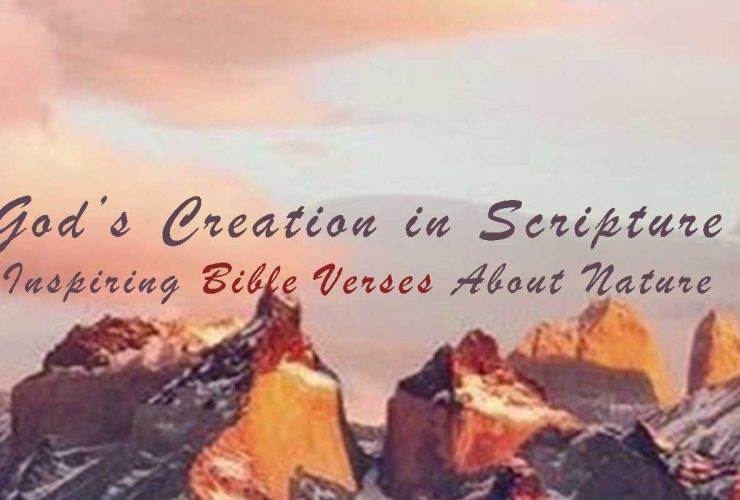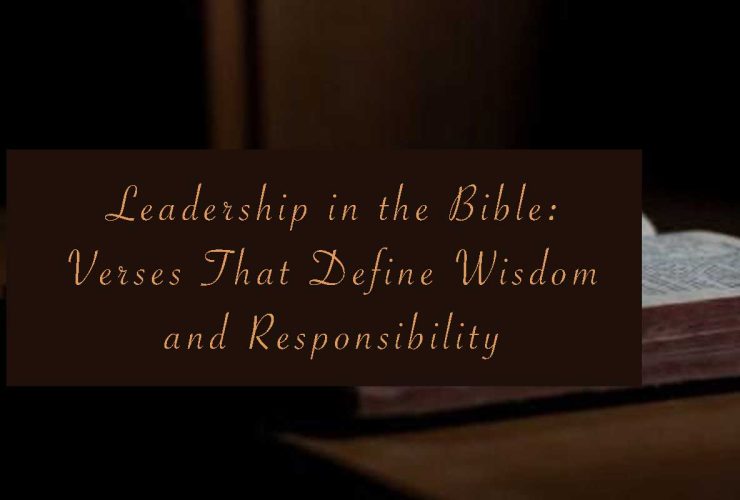Few artists have left as enduring a mark on religious imagination as Paul Gustave Doré (1832–1883). Known for his dramatic engravings of the Bible, Dante’s Divine Comedy, and Milton’s Paradise Lost, Doré elevated sacred texts into powerful visual narratives. His work reached far beyond art galleries, entering homes, churches, and even classrooms, shaping how generations saw the stories of faith.
This article explores the religious legacy of Paul Gustave Doré – faith in engraving, showing how his mastery of light, shadow, and human emotion turned Scripture and theology into timeless works of art.
Doré’s Spiritual Calling in Art
Doré’s career was vast—he illustrated everything from Cervantes’ Don Quixote to fairy tales—but his most enduring work lies in religious illustration. He felt drawn to stories of creation, sacrifice, redemption, and divine judgment. His engravings brought spiritual texts to life in a way that both educated and inspired.
- His Bible illustrations (1866) included over 200 engravings and were an international success.
- His Divine Comedy engravings (1861–68) interpreted Dante’s afterlife with epic grandeur.
- His Paradise Lost illustrations (1866) translated Milton’s poetry into unforgettable imagery.
For many, Doré’s work was their first visual encounter with Scripture, making his art both devotional and educational.
The Bible Through Doré’s Eyes
Doré’s 1866 Bible became the most celebrated illustrated edition of the 19th century. His engravings captured both the majesty of God’s creation and the raw humanity of biblical figures.
The Creation of Light
Doré shows God speaking light into existence, with radiant beams splitting the darkness. This became one of the most iconic depictions of Genesis.
Moses and the Red Sea
The Israelites crossing the Red Sea is depicted with monumental scale—walls of water tower over the fleeing people as Moses holds his staff high.
The Crucifixion
Doré’s Crucifixion scene uses heavy shadow and stark contrast, emphasizing both Christ’s suffering and divine triumph.
These engravings remain so influential that many are still cherished as Bible art prints today, making Scripture accessible as daily inspiration.
Dante’s Divine Comedy: The Afterlife Visualized
Doré’s engravings for Dante’s Divine Comedy are among his most admired works. His Inferno engravings capture the terror of judgment, while Paradiso bursts with radiant light.
- In Inferno, Doré shows Lucifer trapped in ice, wings frozen, eyes vacant.
- In Purgatorio, souls climb a mountain bathed in dawn light, symbolizing purification.
- In Paradiso, Doré’s Celestial Rose illustrates souls united in eternal harmony.
Just as Dante’s poem guided spiritual reflection, Doré’s engravings gave readers a visual catechism of Heaven, Hell, and Purgatory.
For a deeper dive, see Doré’s Divine Comedy engravings.
Paradise Lost: The Drama of Rebellion and Redemption
John Milton’s Paradise Lost presented another challenge that Doré met with brilliance. His engravings captured the cosmic scale of Satan’s rebellion and the sorrow of Adam and Eve’s fall.
- The Fall of Lucifer shows angels hurled from Heaven in a storm of shadow and light.
- Satan on the Lake of Fire depicts the rebel angel in still grandeur, wings spread against the abyss.
- The Expulsion from Eden reveals Adam and Eve in grief, cast out by a flaming angel.
Doré’s interpretation of Milton became as important as the poem itself, cementing his status as a spiritual storyteller in images.
Explore more in Paradise Lost through Doré’s art.
Themes in Doré’s Religious Legacy
Doré’s engravings weren’t just illustrations—they were acts of visual theology. Across his works, certain themes emerge:
- Light vs. Darkness: Symbolizing good, evil, and divine revelation.
- Human Emotion: His figures cry, rejoice, fear, and pray—making spiritual truths relatable.
- Grandeur of Scale: God’s power is shown in towering landscapes and vast heavens.
- Accessibility: His engravings brought faith into homes, schools, and churches worldwide.
These qualities explain why Doré’s engravings still resonate, often displayed in homes as spiritual wall art for daily reflection.
Comparison of Doré’s Religious Works
| Work | Theme | Doré’s Focus | Impact on Faith |
|---|---|---|---|
| Bible Illustrations | Creation, Redemption | Monumental light, human emotion | Made Scripture vivid and accessible |
| Divine Comedy | Heaven, Hell, Purgatory | Shadows, radiance, epic scale | Shaped visual theology of the afterlife |
| Paradise Lost | Rebellion, Redemption | Dramatic contrast, tragic figures | Humanized cosmic theology |
Conclusion
The religious legacy of Paul Gustave Doré lies in his ability to turn words of Scripture and sacred poetry into unforgettable visual experiences. His engravings for the Bible, Dante’s Divine Comedy, and Milton’s Paradise Lost continue to shape how we imagine creation, judgment, redemption, and eternity. By blending faith with artistic mastery, Doré created a visual language of light and shadow that transcends time, helping believers see spiritual truths with fresh clarity. Today, his engravings live on not only in historic editions but also in curated collections such as Paul Gustave Doré Bible art prints and our wider spiritual wall art, ensuring that his vision of faith through engraving continues to inspire devotion, reflection, and awe for generations to come.
FAQs on the Religious Legacy of Paul Gustave Doré
Why is Doré considered a religious artist?
Because his most famous works illustrated the Bible and major Christian texts, using art to express theology.
How did Doré influence faith through art?
His engravings made spiritual stories accessible worldwide, shaping how generations imagined Scripture.
Which religious texts did Doré illustrate?
The Bible, Dante’s Divine Comedy, and Milton’s Paradise Lost, among others.
What makes Doré’s style powerful for religious themes?
His dramatic contrasts, emotional realism, and monumental scale perfectly matched sacred texts.
Where can Doré’s engravings be seen today?
They are widely reproduced and available as Paul Gustave Doré art prints.





